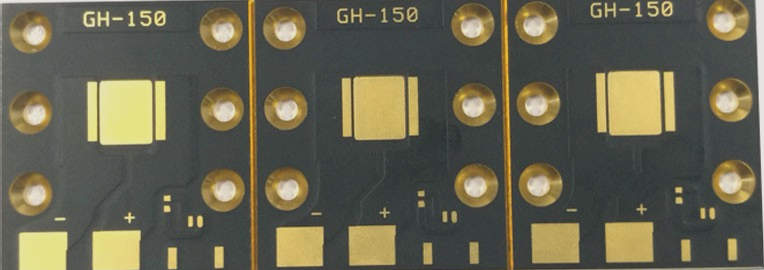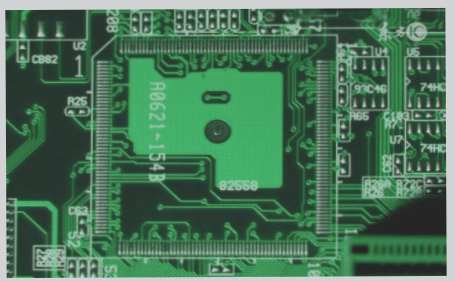Types of PCB Boards and How to Choose the Right One
Are you feeling overwhelmed by the variety of PCB plates available in the market? You’re not alone! With so many options to choose from, it can be challenging to decide which one is right for your project. One common feature you may have noticed is that many PCB plates have a thickness of 1.6mm. But why is that?
When it comes to PCB boards, thickness plays a crucial role in determining their performance and suitability for different applications. A thickness of 1.6mm is a standard choice for many PCB projects due to its balance of durability and flexibility. It offers a good level of mechanical support while still being lightweight enough for easy handling.
However, the best thickness for your PCB board will ultimately depend on your specific project requirements. Factors such as the complexity of the circuit, space constraints, and environmental conditions all play a role in determining the ideal thickness for your PCB.
Before making a decision, it’s essential to carefully assess your project needs and consult with a PCB expert to ensure you choose the right board for the job. With the right PCB board, you can ensure the success and reliability of your electronic project.




